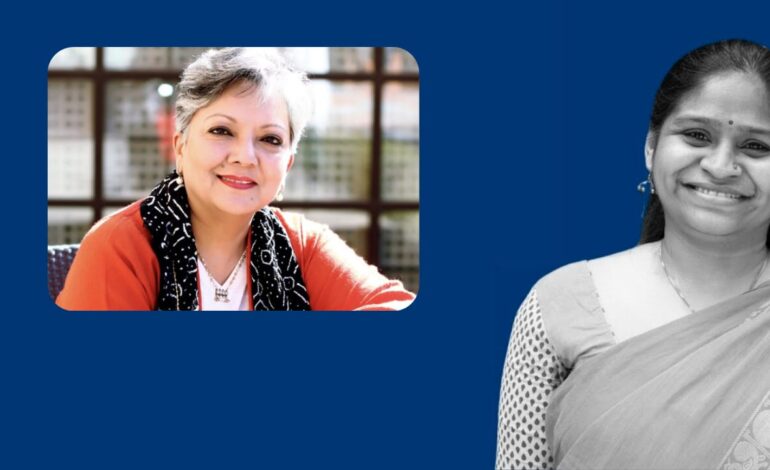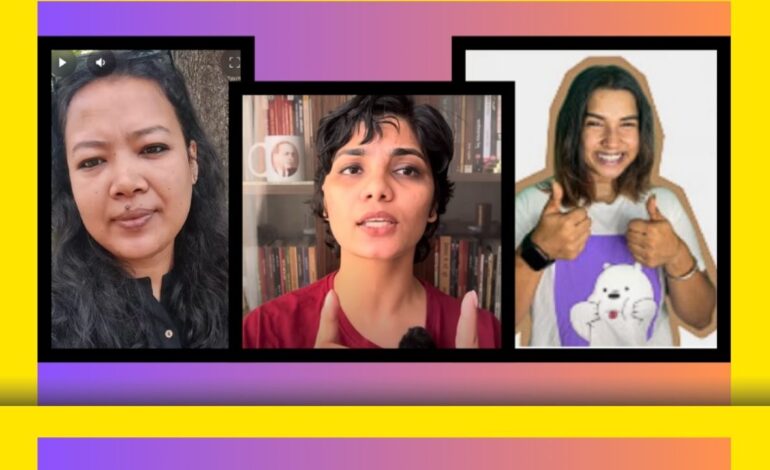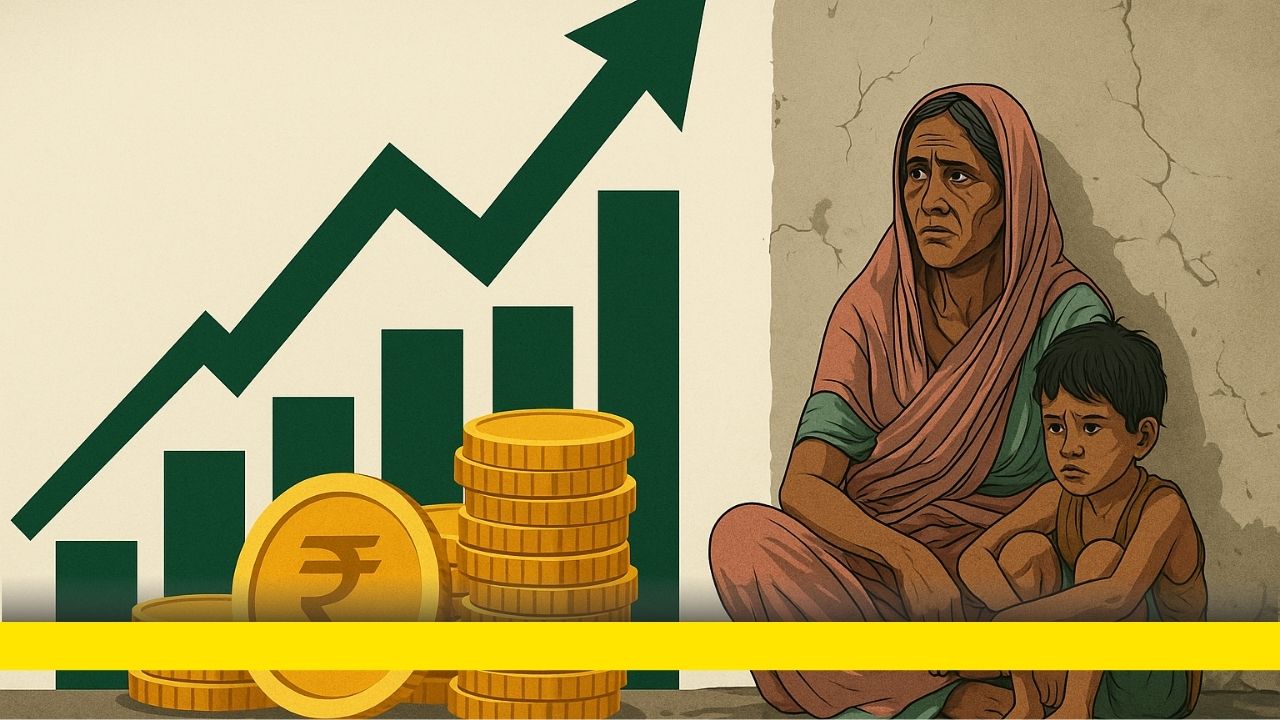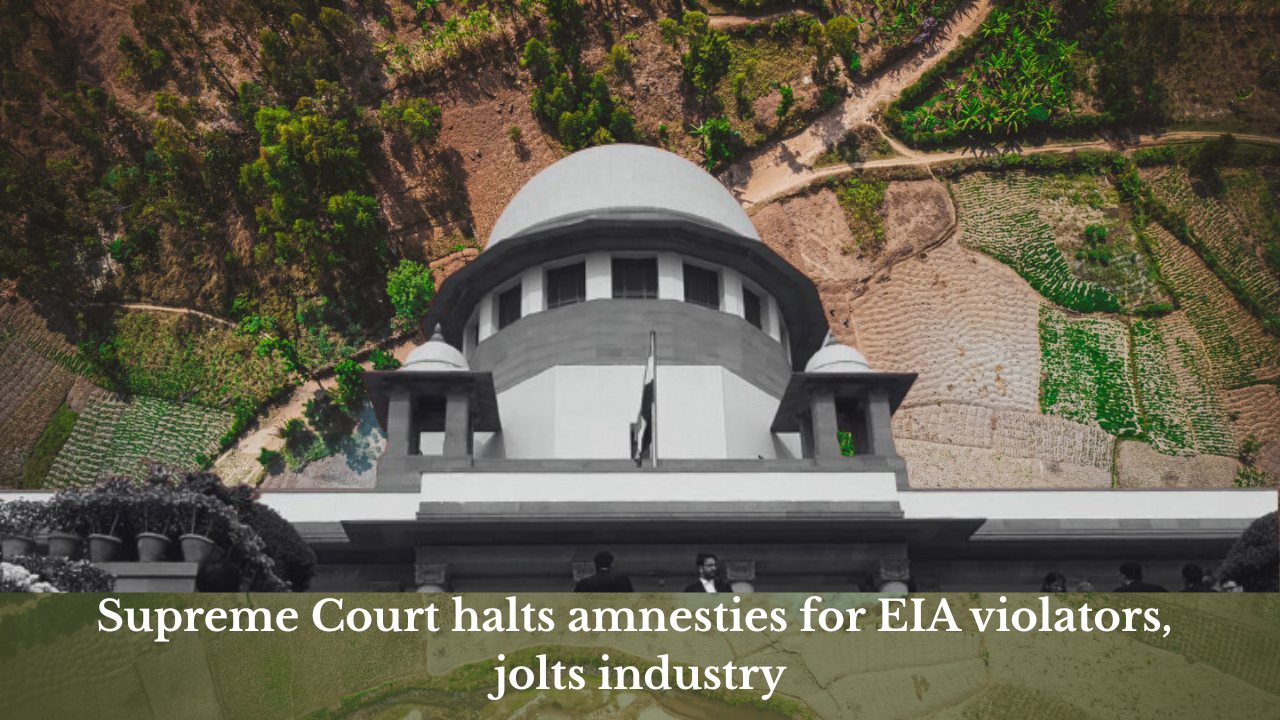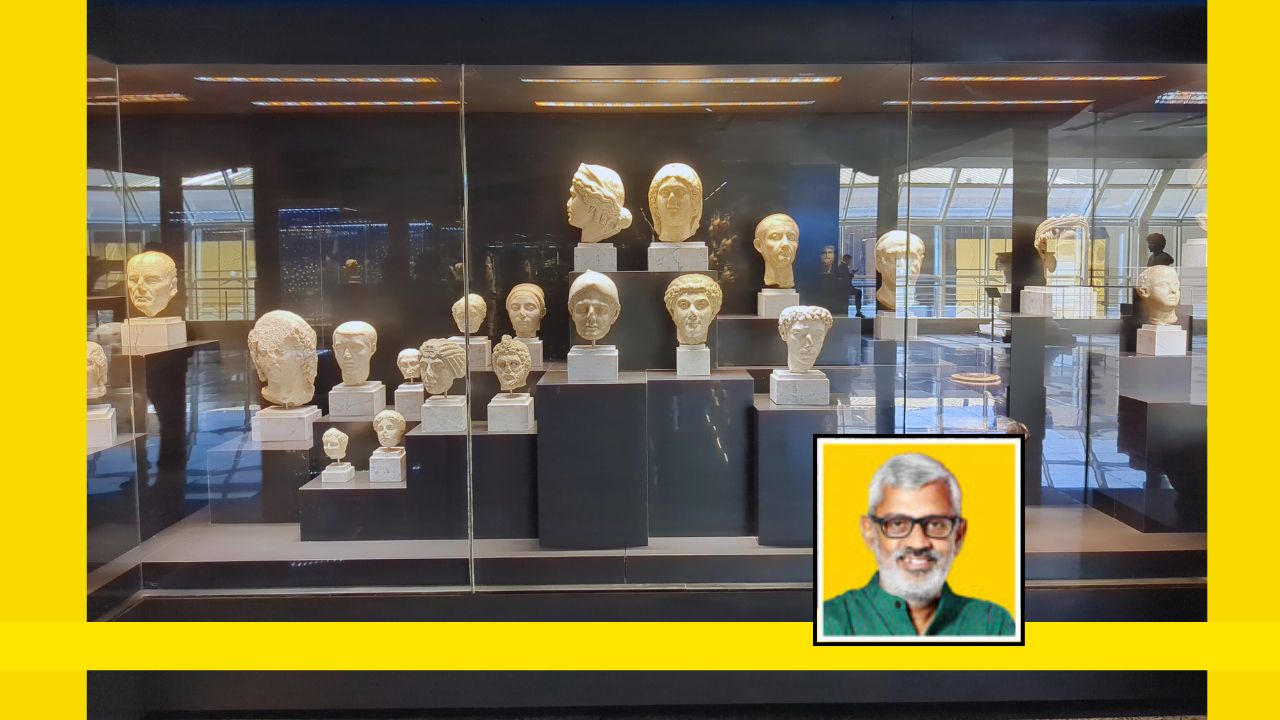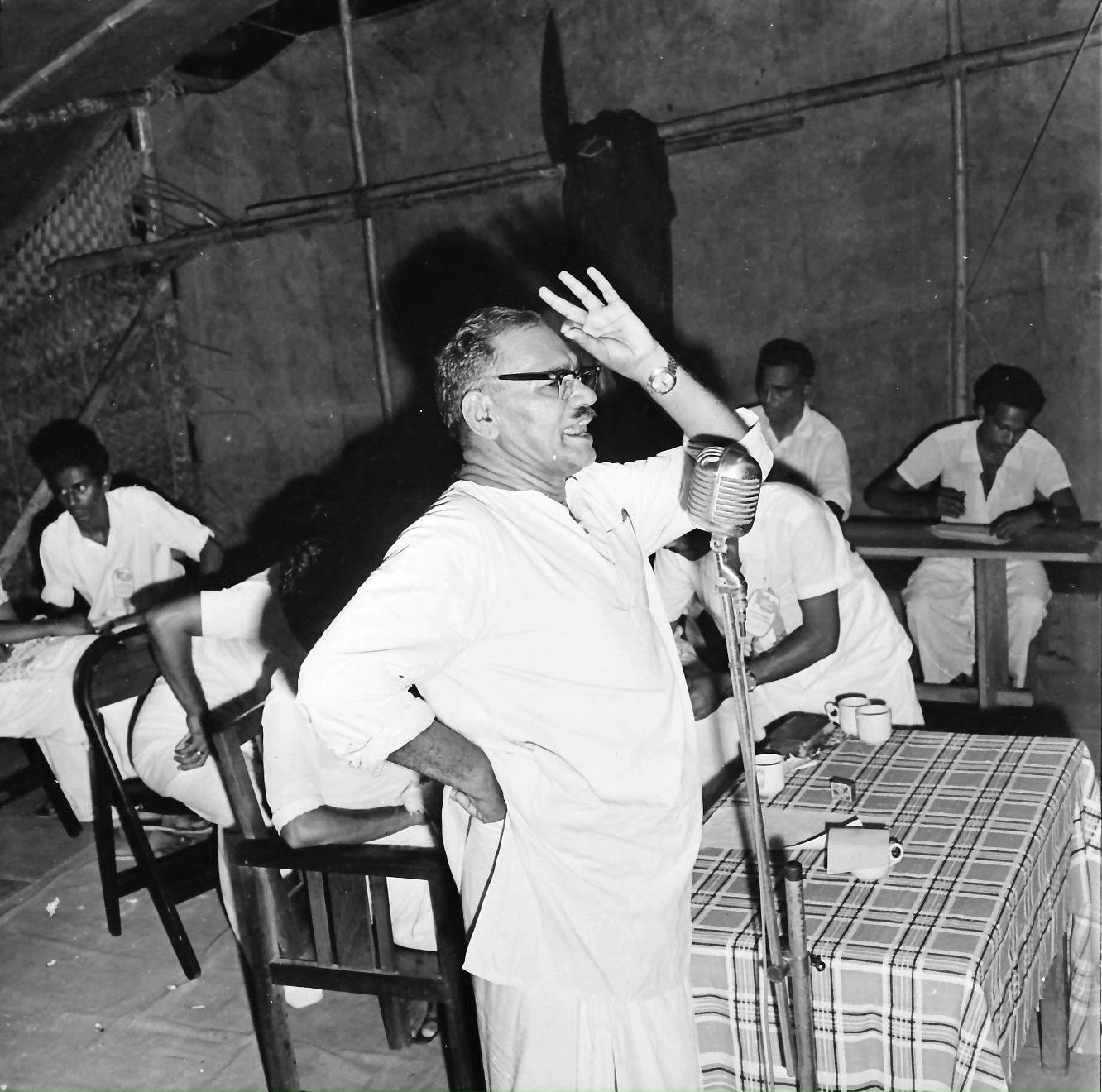Gender Equality as Economic Imperative: A Framework for India’s Growth
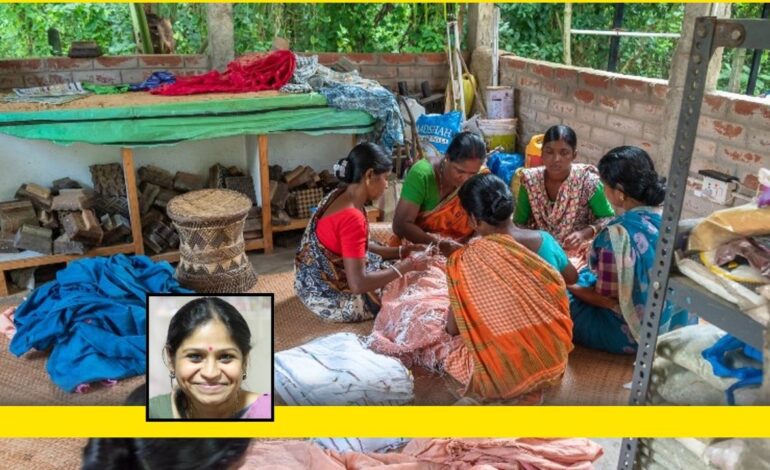
The global journey toward gender equality has followed a non-linear path, in different parts of the world, marked by significant progress followed by periods of resistance and backlash. In recent years, this pushback has manifested across various regions, starting from restrictions on reproductive rights in the United States to rollbacks in gender-based violence protections in parts of Europe. A UN report stated that one in four countries report backlash on women’s rights in 2024.
In India, the resistance has manifested in diverse ways; persistent gender wage gaps, declining female labor force participation despite economic growth and entrenched social norms that continue to restrict women’s economic mobility. This backlash often intensifies during periods of economic uncertainty or social change, when traditional gender roles are sometimes embraced as a form of stability.
This resistance is particularly disconcerting for developing economies like India, where gender equality could unlock tremendous economic potential but ultimately faces deeply rooted cultural and institutional barriers. Understanding and addressing this pushback requires economic frameworks that align equality with development goals.
Countries experience substantial economic benefits from gender equality. The McKinsey Global Institute estimates that advancing women’s equality could add $12 trillion to global GDP. For India specifically, equal participation could add $770 billion to the GDP! Economic frameworks can leverage these potential gains to overcome cultural and institutional resistance.
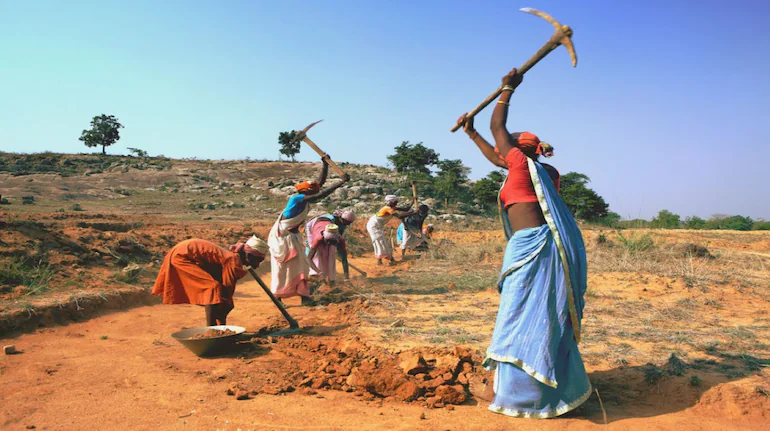
A Multi-Dimensional Economic Framework for India to counter any resistance towards gender equality needs to start with a focused approach in entrenching Gender-Responsive Budgeting (GRB) across all policies. While we have implemented GRB since 2005, strengthening this approach would need dedicated expansion of GRB beyond current allocations to ensure all policies are viewed through a gender lens.
Further, decentralizing GRB implementation to state and local levels can ensure more buy-in from across the country. Additionally, there needs to be an intense focus on creating accountability mechanisms with clear targets and outcomes and ensure the involvement of diverse stakeholders, including women’s organizations, in budget formulation.
Financial Inclusion and asset ownership are important keys towards enabling gender equality in the country. We are all aware that true women’s economic empowerment requires financial independence allowing for every individual access to formal banking services beyond the Jan Dhan Yojana program. Financial inclusion in its true essence can happen when lending processes are simplified for women entrepreneurs. Bespoke financial products need to be tailored to suit women’s needs and life circumstances to support women. There needs to be community support towards asset ownership through property rights reforms and ensuring inheritance law enforcement.
India’s female labor force participation has declined to around 40% despite economic growth. To meet the ambitious target of realizing the Viksit Bharat 2047 vision of 70% female workforce participation, we need to implement various initiatives starting from tax incentives for businesses employing women, particularly in non-traditional sectors. Work towards subsidizing childcare and domestic work to reduce unpaid care burden and look at ways to implement flexible work policies and equal pay regulations. Safe, accessible and affordable mobility options continue to play an important role in enabling women to stay in the workforce, therefore significant investment in transportation infrastructure can ensure greater women’s mobility and safety, thereby ensuring more women seek employment.
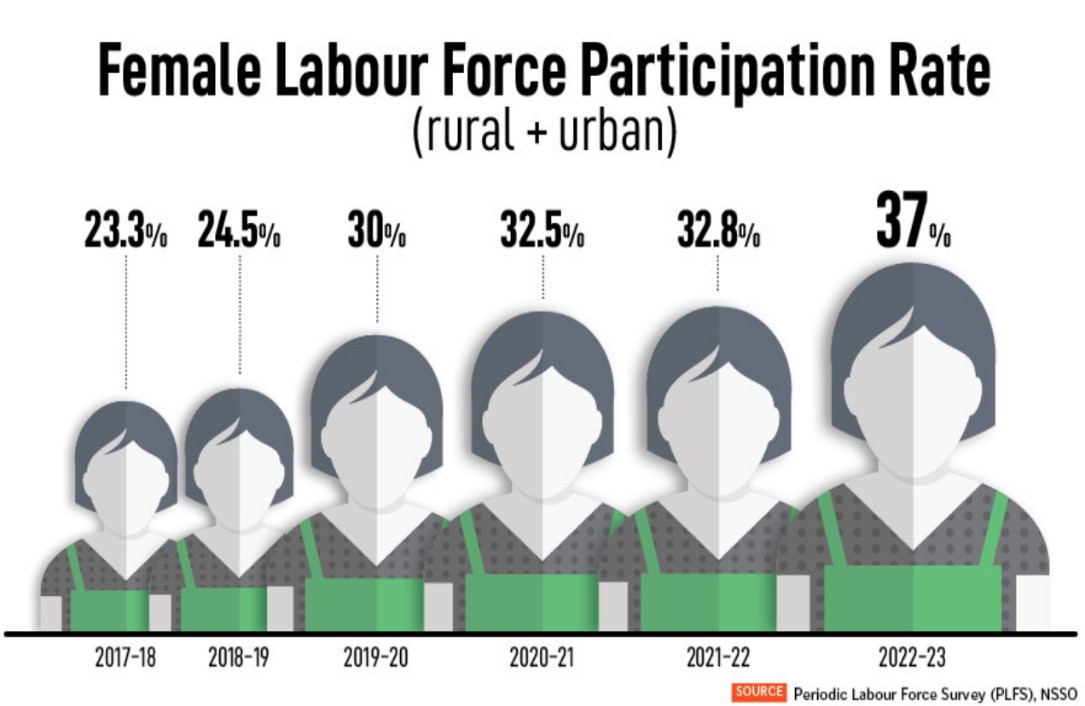
Targeted education and skill development investment is required where we can swiftly shift resources to close education gaps, particularly in STEM fields, build vocational training programs designed for women especially for women wanting to re-enter the workforce. The IWWAGE Women in STEM report states that globally, ensuring gender equality in STEM can help create a more balanced environment which could help close the skills gap between males and females thereby enhancing the employment rate of women and reduce occupational segregation. Further, we need to subsidize digital literacy programs to enhance access and help prepare women for the future economy requirements.
However, for any of the effective functioning of the schemes, we need comprehensive gender-disaggregated data collection across economic sectors, which currently is not happening. For example, typically, economic data (e.g., land ownership, asset distribution) is collected at the household level, with sex disaggregation often limited to the household head, which in most cases would be a male. Furthermore, even as agriculture employs 24.2% of rural women as self-employed workers, only 2.9% of rural women and 11% of urban women are regular wage/salaried employees as per the latest government data. Further, there is a requirement of regular policy impact assessments with standardized gender indicators. We need to find ways to consider the economic valuation of unpaid care work in national accounting and intensify research efforts on intersectional factors affecting gender inequality.
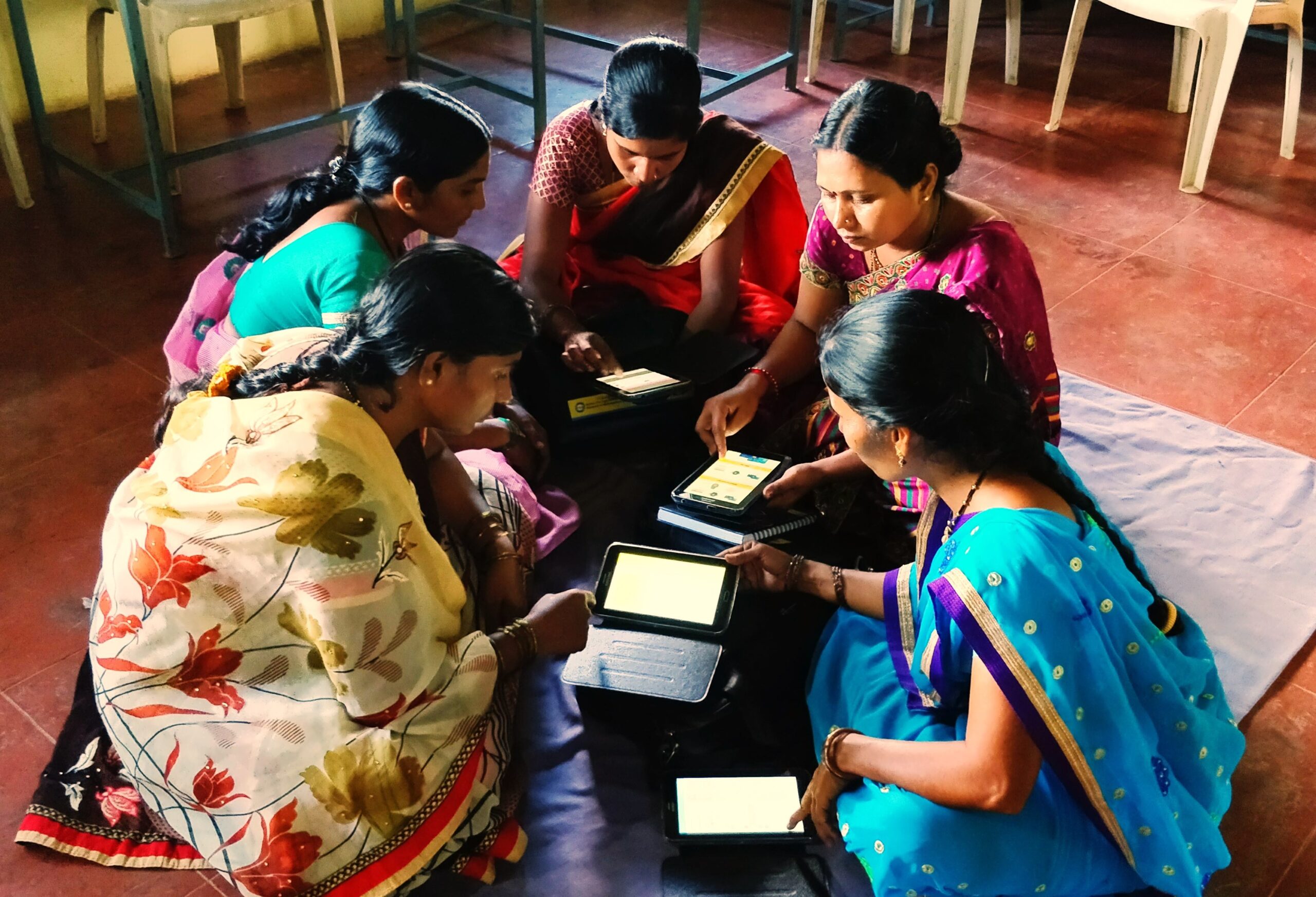
To truly enable gender equality in India we need to leverage existing frameworks that ably addresses regional diversity and fosters collaboration across sectors, for example the ministry of women and child development can serve as the apex body around all gender equality initiatives, especially administering schemes like Mission Shakti to coordinate efforts across ministries and governance levels. One of its key goals could be strengthening Mission Shakti’s mandate by integrating gender-responsive budgeting across ministries (e.g., Health, Education, Rural Development) and enforcing accountability through measurable outcomes. Further, ensure there are interministerial task forces to align policies, for instance we could link MWCD’s programs with the Ministry of Labour’s skill development initiatives to boost women’s workforce participation. Learn from successful state-led models and enable decentralized implementation of programs that enable more women-led initiatives and work with communities towards male advocacy programs to build dialogues where we engage with men and boys as well to shift patriarchal norms.
Conclusion
The multi-dimensional economic framework outlined above offers a strategic approach to counter resistance against gender equality by demonstrating its substantial economic benefits. For India, implementing these interconnected strategies—from robust gender-responsive budgeting and financial inclusion to increasing workforce participation and collecting comprehensive gender-disaggregated data—would transform gender equality from an abstract social goal into a concrete economic catalyst. This approach requires coordinated action across government ministries, private sector stakeholders, and communities, recognizing that advancing women’s economic empowerment is not merely a matter of social justice but a critical driver for India’s sustainable development and global competitiveness. The path forward demands both institutional reform and cultural shift, with economic frameworks serving as the bridge between resistance and progress.


